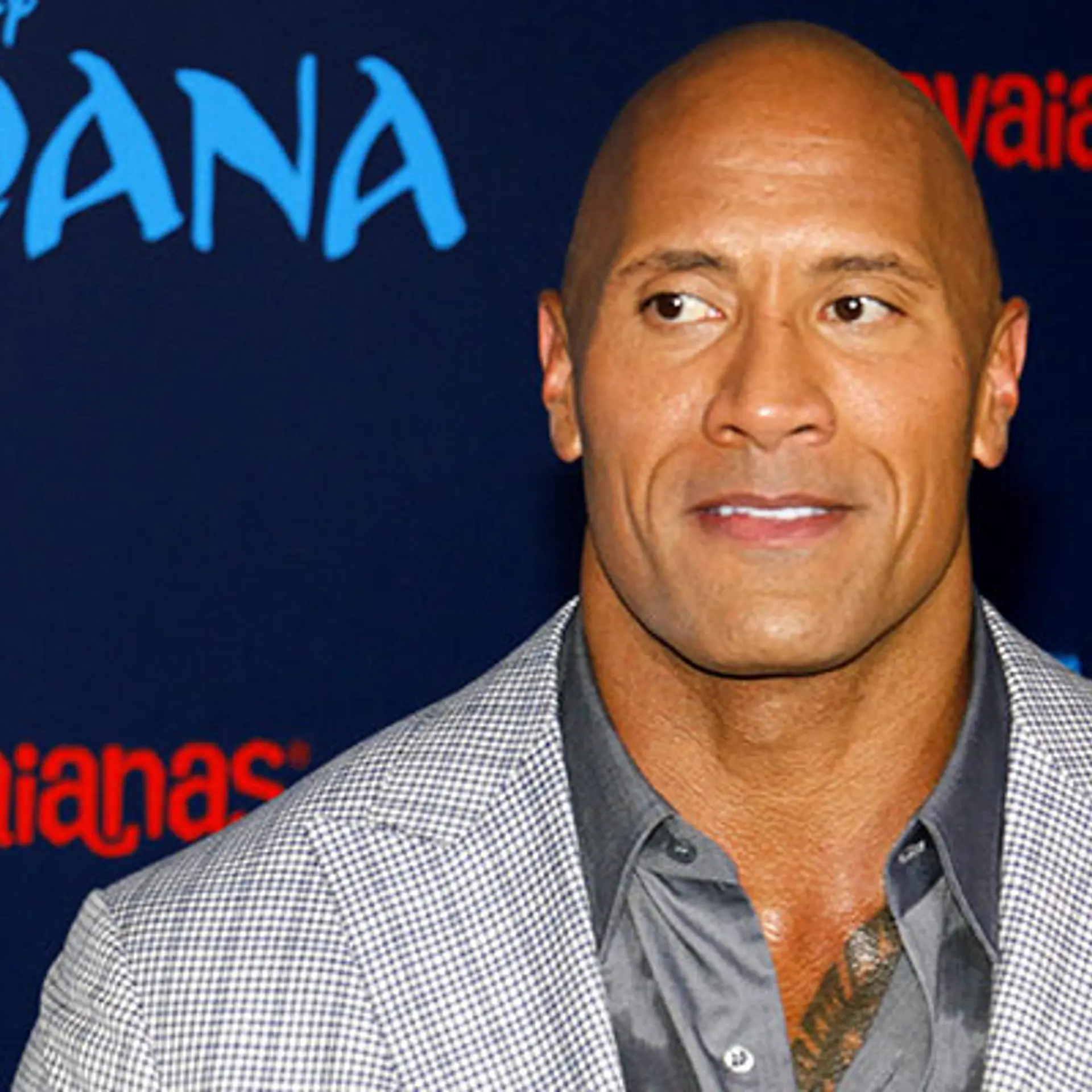[Matrix Moments] From finding the right co-founder to expanding the Indian language base – the Dailyhunt journey
In this episode of Matrix Moments, Virendra Gupta, Founder, DailyHunt and Umang Bedi, Co-founder, DailyHunt, discuss the journey of DailyHunt with Vikram Vaidyanathan, Managing Director, Matrix Partners India.
“When we started our business in 2015, it wasn’t too sexy to be in the business of Indian language content,” recollects Virender Gupta, Founder, DailyHunt – the local language content platform, in a conversation with Vikram Vaidyanathan, Managing Director, Matrix Partners India.

However, soon the data landscape shifted and changed with the launch of Reliance Jio. It was a pivotal moment for the Indian language startup DailyHunt. Virendra explains,
“We all know what Jio did; the local language became very sexy and user base in the local language suddenly grew, and the market became very attractive for both Chinese companies and companies from the US. Unfortunately, we were caught in a bit of an unprepared time during that period. Facebook was growing very rapidly and videos were growing. And that's where I got introduced to Umang (Bedi).”
Initially, Virendra wanted to check with Umang on what they were doing at Facebook to get a 3x growth. “We established a pretty good friendship in some sense there. And we spoke very honestly about what each of us is doing, and what each of our companies was going through. And I think that honesty, that openness became the fundamental thesis of establishing a connection with each other,” said Virendra.
Working together in the crisis
Explaining how the duo worked, Umang Bedi, Co-founder, DailyHunt says they realised that the company had big growth plans that needed everyone to be hands-on.
“We were going about a pretty dicey fundraise process at that point of time. And we had this assumption that we are raising a whole lot of money will go all guns blazing. And, in a month, we realised that that the money wasn't there. So, I think it was a test of our commitment to each other,” added Umang.
What helped the duo work better together was Umang’s experience from Facebook, and also him being hands-on. “So the organisation felt they're speaking to somebody like them,” adds Virendra. From there, the team started working towards further building a strong product.
Building a strong product
Umang explained they did six key things on the product, around this new mission of being the largest platform for Bharat, enabling Indians to discover, consume, and socialise with content that's not just informational, but engaging and entertaining.
“So, the first thing that we did is we exploded supply of content; we used to get content from 800 publishers, largely news. We exploded with 50,000-plus publishers across various categories who were giving us news entertainment, lifestyle, divinity, astrology, Bollywood, crickets, so on and so forth,” said Umang.
The second part was changing feed architecture. Earlier they looked like a smaller deck of slim cards just to photograph in a headline and attribute to the publisher. But they moved on to becoming a true multimedia-focused autoplay video platform.
The third was driving discoverability, and figuring out how to manage two million pieces of content, and what needs to be served to whom.
“We built one of the most amazing algorithms where we ingested two million pieces of content every day, built the deepest deep learning models to understand that content across over 1,600 hours, and hierarchies with thousands of tags for language to understand,” says Umang.
On the other side was understanding user behaviour and true engagement, not just click-through rates. With than 10 billion interactions a day, they needed to understand how people consume, how they scroll, how they spend time, their likes, dislikes, and shares. With over 70-plus AIML for local language content and over 1.4 million vectors, they had to figure out who likes to consume what, at what time of day, and what source from what publisher in what format right.
This was the foundation, and there was no looking back.
Listen to the whole journey in two parts (part one) (part two)
Edited by Kanishk Singh


![[Matrix Moments] From finding the right co-founder to expanding the Indian language base – the Dailyhunt journey](https://images.yourstory.com/cs/2/a9efa9c02dd911e9adc52d913c55075e/Imageeg27-1595586779079.jpg?mode=crop&crop=faces&ar=2%3A1&format=auto&w=1920&q=75)
![[Matrix Moments] Why focusing on incremental demand and supply will be important for marketplaces](https://images.yourstory.com/cs/2/a9efa9c02dd911e9adc52d913c55075e/Imageivzx-1594994886305.jpg?fm=png&auto=format&h=100&w=100&crop=entropy&fit=crop)
![[Matrix Moments] Asish Mohapatra’s journey from being an investor to building a fintech startup at scale](https://images.yourstory.com/cs/2/a9efa9c02dd911e9adc52d913c55075e/Imageakb5-1594439822674.jpg?fm=png&auto=format&h=100&w=100&crop=entropy&fit=crop)




